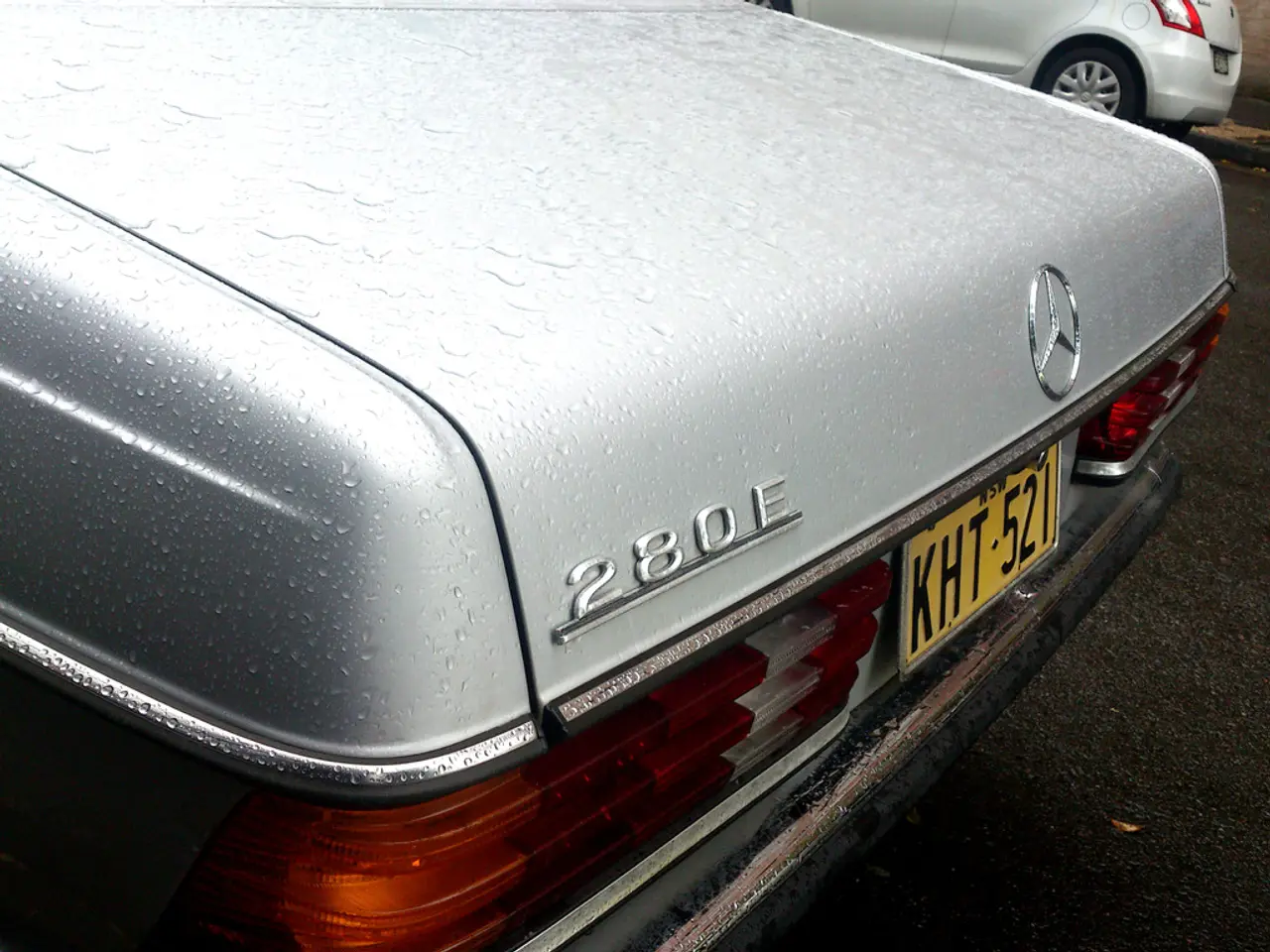Double the Income, Double the Tax Advantages... Sort Of! A Comparative Analysis of the Old and New Tax Regimes in India
Shared financial management: Division of HRA and home loan expenses for dual-income partners
By Sreenivasulu Reddy
For double-income families, managing finances can be an exciting adventure—with the potential to optimize savings and investments. Let's examine how the old and new tax regimes affect dual-income households in India, focusing on deductions for home loans, fixed deposits, health insurance, National Pension Scheme (NPS) contributions, and traditional Leave Travel Allowance (LTA).
Old Tax Regime
The old tax regime is known for its generous tax breaks, as shown in the following points:
- Home Loans: You can enjoy deductions on the interest paid on a home loan under Section 24, and principal repayments can add to your Section 80C deductions.
- Fixed Deposits: Although investments in fixed deposits are not the primary focus under Section 80C, you can claim deductions for such investments.
- Health Insurance: Insurance premiums can be claimed as deductions under Section 80D.
- National Pension Scheme (NPS) Contributions: You can claim deductions under Section 80CCD(1) and 80CCD(2) for contributions made to the NPS.
- Leave Travel Allowance (LTA): This exemption can be claimed twice every four years.
New Tax Regime
On the other hand, the new tax regime simplifies tax compliance with fewer deductions, which has its own benefits, as summarized below:
- Home Loans: Sadly, there are no deductions available for interest or principal repayments under this regime.
- Fixed Deposits: While specific deductions are unavailable for fixed deposits in the new regime, the standard deduction of ₹75,000 (for salaried individuals) does exist.
- Health Insurance: The new regime omits deductions for health insurance premiums.
- National Pension Scheme (NPS) Contributions: No deductions are available under the new tax regime for contributions made to the NPS.
- Leave Travel Allowance (LTA): The new regime does not offer any exemption for LTA.
Choosing Between The Old and New Tax Regimes
To optimize taxes as a dual-income household, you must weigh the benefits of the old and new regimes. The old regime provides extensive deductions and exemptions, particularly advantageous for families with substantial home loans, insurance policies, and NPS contributions. However, the new regime's simplicity and relaxed tax rates may appeal to those with fewer deductions or a preference for streamlined tax compliance.
To help you make an informed decision, analyze your household's income levels and investment patterns and evaluate which tax regime would offer the best overall tax liability.
In conclusion, double-income families have the power to significantly minimize their tax burden with careful consideration and informed decisions regarding the old and new tax regimes.
- A personal-finance strategy of double-income families can benefit from understanding the tax implications of both old and new tax regimes in India.
- Under the old tax regime, home loans, fixed deposits, health insurance, National Pension Scheme (NPS) contributions, and Leave Travel Allowance (LTA) each have specific tax deductions or exemptions.
- In contrast, the new tax regime has fewer deductions, with no tax breaks for home loan interest or principal repayments, fixed deposits, health insurance, or NPS contributions.
- In the realm of DeFi or Defi (decentralized finance), investments could potentially provide alternative methods for tax optimization outside the traditional real-estate and market-based investments.




